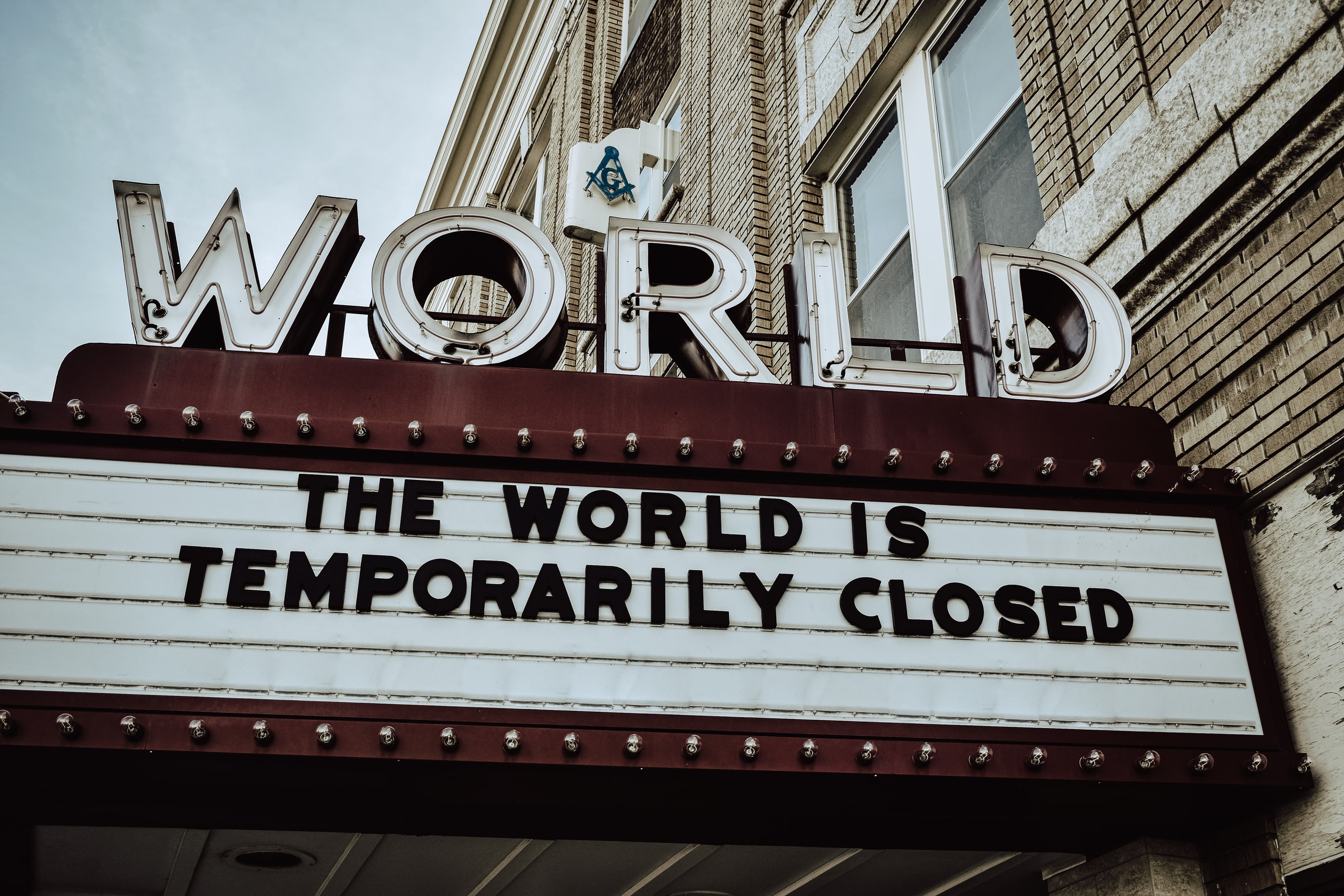Recovery from the coronavirus pandemic is on top of everyone’s agenda. Worldwide population ageing and the challenges it poses are just beginning. Together, these two priorities provide a tremendous opportunity for employers to nurture a multigenerational workforce. Organizations that actively focus NOW on taking care of their older workers will be best positioned to recover faster and better.
The Urgency of Age Inclusion

The case for establishing a truly diverse workforce grows more compelling each year. Besides the moral argument, there is substantial research to show that diversity helps create organizations that are more resilient and outperform others.
In this era of digitalized globalization – fast forwarded by the pandemic – diversity in business is about more than gender, race and ethnicity. It now includes religious and political beliefs, education, socioeconomic backgrounds, sexual orientation, cultures and age.
Our population across the industrialized world is ageing to an extent never experienced. More than ever before, highly experienced people aged 50+ are remaining in the workforce, willing and very able to contribute to business success. In addition, with fewer young people entering the workforce, there is greater demand from employers for older workers to remain in their jobs.
Longer life expectancies are leading to longer, less predictable careers. According to the US Bureau of Labor Statistics, two age groups, 65 to 74 and 75 and older, are expected to have faster rates of labor force growth than any others. This is driven by both loving what they do and the fear of outliving their money.
Mixed-age teams outperform both exclusively young and exclusively old ones. As we face recovery from the pandemic, progressive companies must emphasize intergenerational strategies that capitalize on the energy and speed of youth and the wisdom and experience of age.
Yet, in most organizations today, experienced workers are largely ignored or misperceived in strategic workforce plans. As a result, numerous businesses are failing to capitalize on the value experienced workers can deliver — and to respond to the significant risks posed by extended working lives, such as the destructive effects of age discrimination.
The United Nations has proclaimed 2021–2030 the Decade of Healthy Ageing, intended to bring together a variety of stakeholders galvanizing concerted action to:
- Change how we think, feel and act towards age and ageing.
- Develop ways to foster the abilities of older people.
Pandemic Recovery

Despite the negative aspects of the global pandemic, it has been an opportunity to increase health consciousness and encourage individuals and organizations to pay closer attention to well-being. Given the challenge of remote working along with the economic, physical and mental stress of covid19, employers must adapt workplace wellness.
Meeting the health needs of an increasingly remote workforce requires more virtual wellness offerings, up-notching mental health support and focusing on specific at-risk populations – including those with chronic illness and older employees.
Although all age groups are at risk of contracting covid19, older people face a significant risk of developing severe illness. According to the Centers for Disease Control and Prevention, more than 95 percent of deaths from covid19 occurred in people over 50. In the workplace, this could cause multiple issues:
- Older workers may not be inclined to look for work for fear of contracting the virus.
- Those who have been out of work may choose to retire early out of frustration, doubt or to avoid getting ill.
- Employers might be reluctant to hire older workers because of perceived health risks.
- Older employees and/or employers may be skeptical about transition to digitalized work and new ways of working.
- Some may fear a part-time return to work due to potential negative effects on pensions.
However, reality has shown that:
- Coronavirus-related stress, anxiety, and depression scores are highest for people under 25 years, and lowest for those over 60.
- The 50+ population has been more resilient with over 55% maintaining a positive outlook on life compared to younger generations at 37%.
- Boomers and Generation X have proven less likely than millennials to be struggling financially.
- Workers across the all age have proven adept at teleworking – the age-based digital gap is shrinking.
These findings illustrate the tremendous opportunity for employers to support employees by fostering a multigenerational workforce as we recover from the pandemic. In addition to their experience and expertise, older workers can bring positivity, perspective, a calming influence, and cohesiveness to the workplace through these turbulent times.
The bottom line is, the experience of older workers gives organizations an edge – with or without a pandemic. In addition, older workers are:
- Experienced at making decisions thanks to confidence and expertise–that come with age.
- Collaborative because “big ego “days are behind them.
- Role-Models and Mentors for cross-generational learning.
- More loyal, less likely to jump jobs.
- Contributors to a dependable reputation of the organization
Organizations that actively focus NOW on taking care of their older workers and leveraging this critical segment will be best positioned to recover faster and take full advantage of the future of work.
How to get Age-Ready NOW

A key element of an inclusive recovery to the pandemic is helping employees of all ages and all life stages achieve a work-life balance where they can meet their responsibilities to their private lives and jobs. To facilitate this urgent recovery in your organization, start the conversations to:
- Ensure your well-being programs are specifically geared to each generation.
- Provide programs that go beyond financial support and include physical, emotional and spiritual well-being – especially for those 50+.
- Develop and implement inclusive people and career strategies that embrace your experienced workforce and tackle ageism.
- Understand what impact your retirement plan has on the curve of retirement readiness.
- Develop a lifelong learning attitude that positions everyone to embrace jobs of the future.
- Facilitate and implement effective flexible-working according to employees needs.
- Provide older workers with the vote of confidence, resources, and know-how to be successful.
The long-term economic impact of losing older workers due to coronavirus is impossible to estimate. Demographic change already favors keeping older employees in the workforce for as long as possible and the pandemic is likely to create additional pressure on the labor market. Employers need to provide resources to assist employees considering their options, and create conditions that signal to older adults their continued value in a multigenerational workforce.
Given the differences between generations, and the coming dramatic economic and demographic changes, organizations need urgently to put the aging workforce at the top of their agenda for rapid recovery.
« The best way to predict your future is to create it. »
– Abraham Lincoln
A special thanks to my business partner, Dominique Ben Dhaou, for proof-reading and adding energy to my thoughts.


